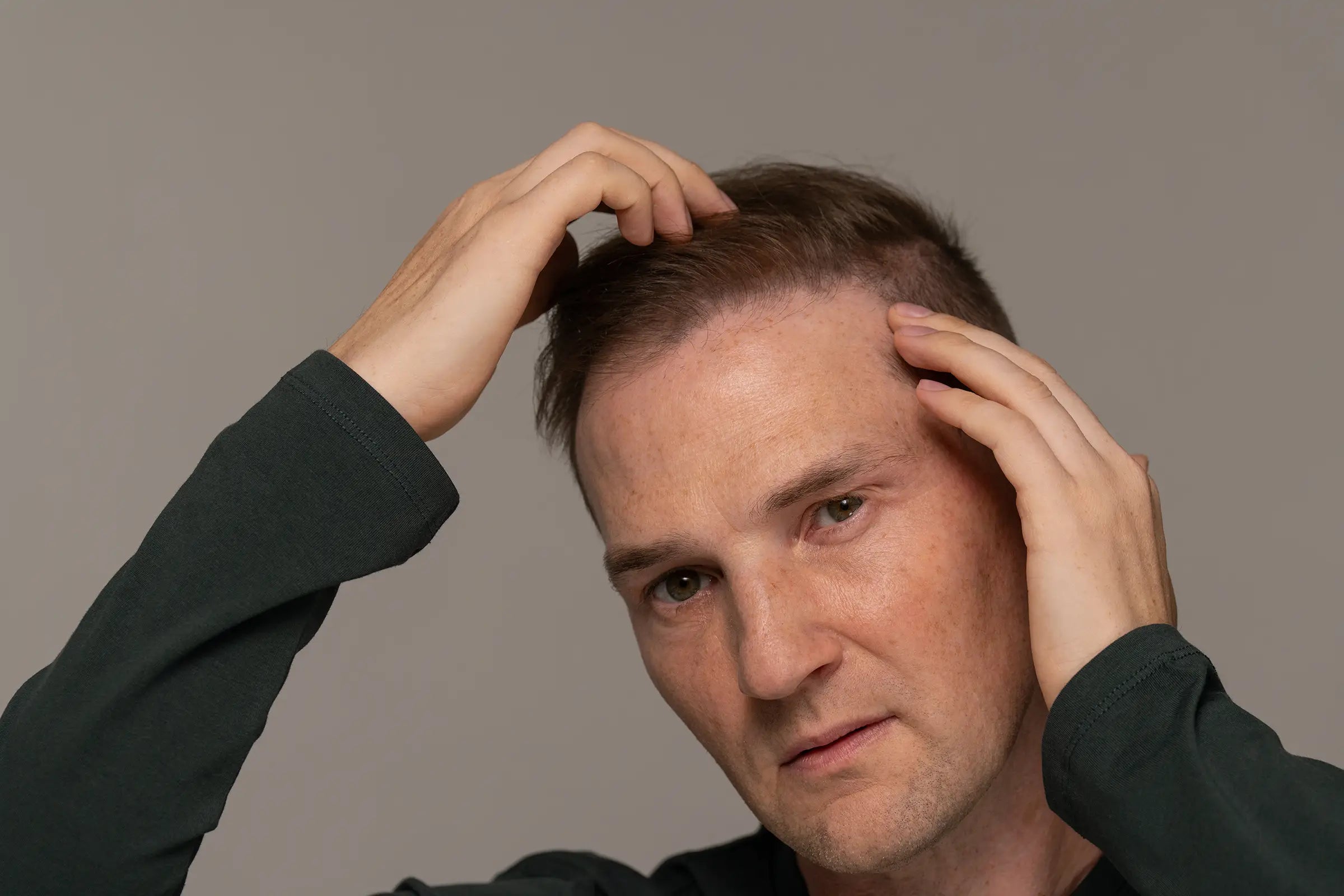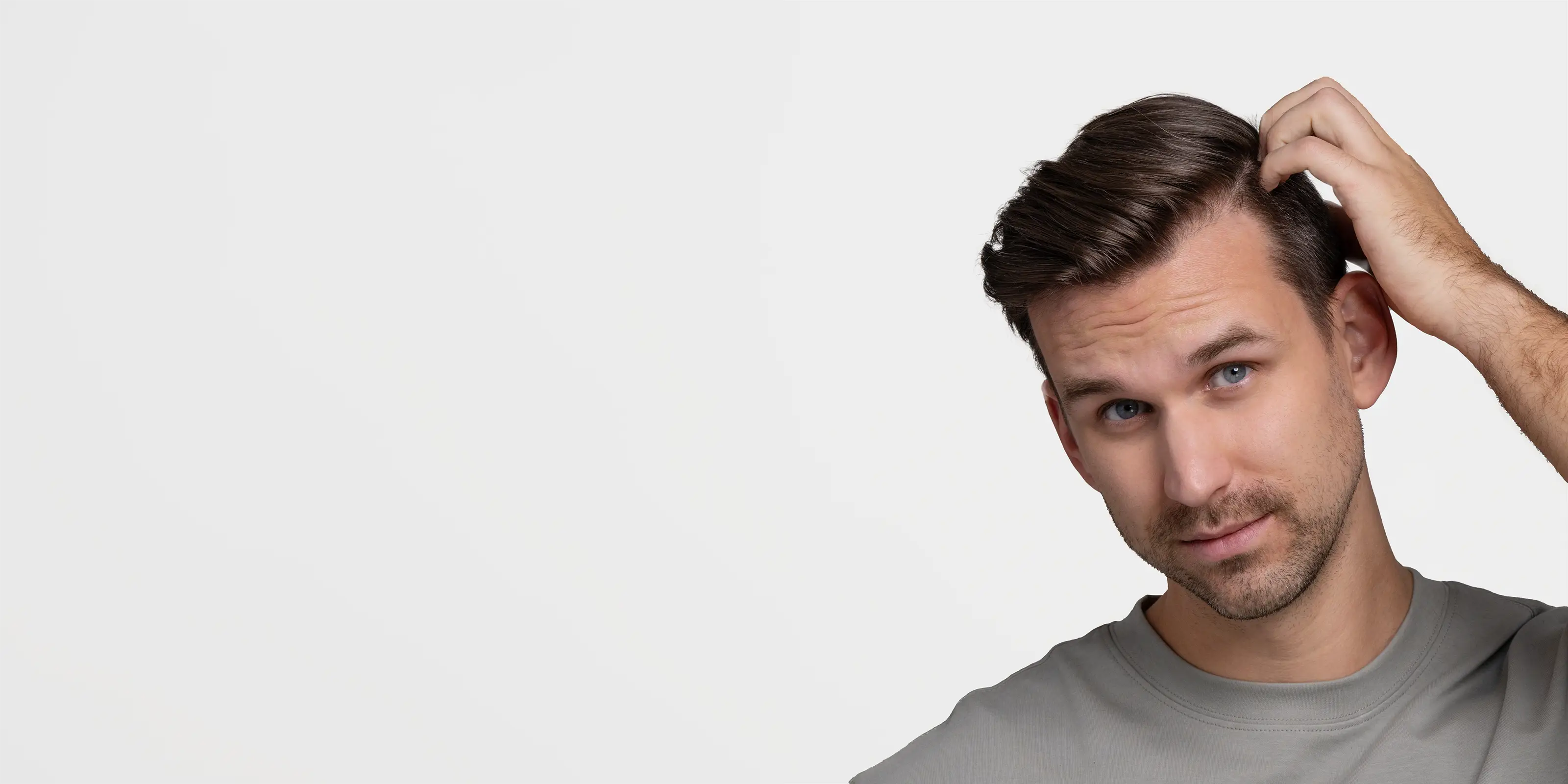What stage is your hairline at?
The right treatment partly depends on the stage of hair loss you’re experiencing. The Norwood Scale is a tool commonly used to assess the progression of hair loss. You may have a better response to treatment if you start earlier (for example, before Norwood IV).
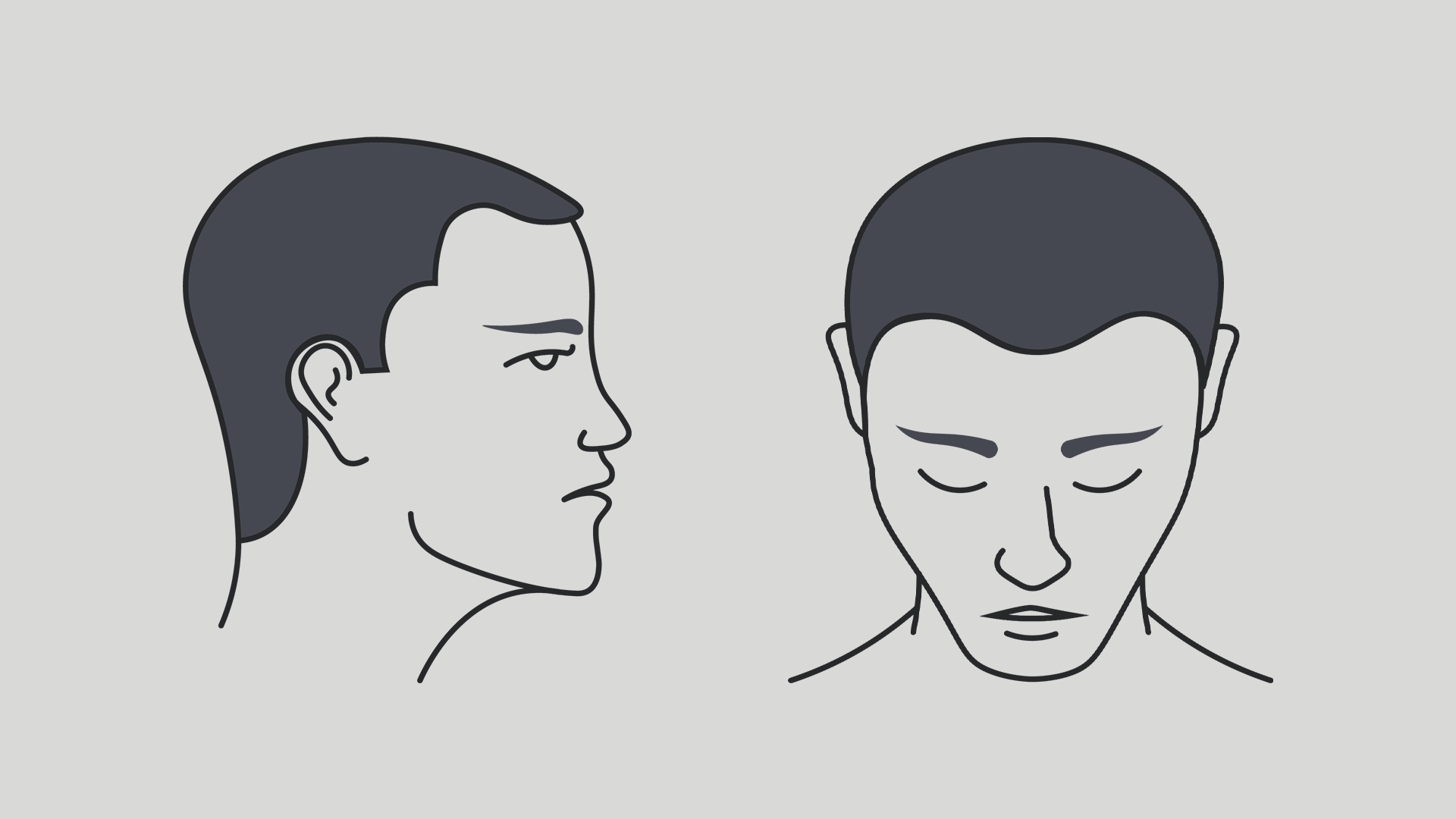
Norwood I
Very minimal or no hair loss at all. No visible evidence of a receding hairline.
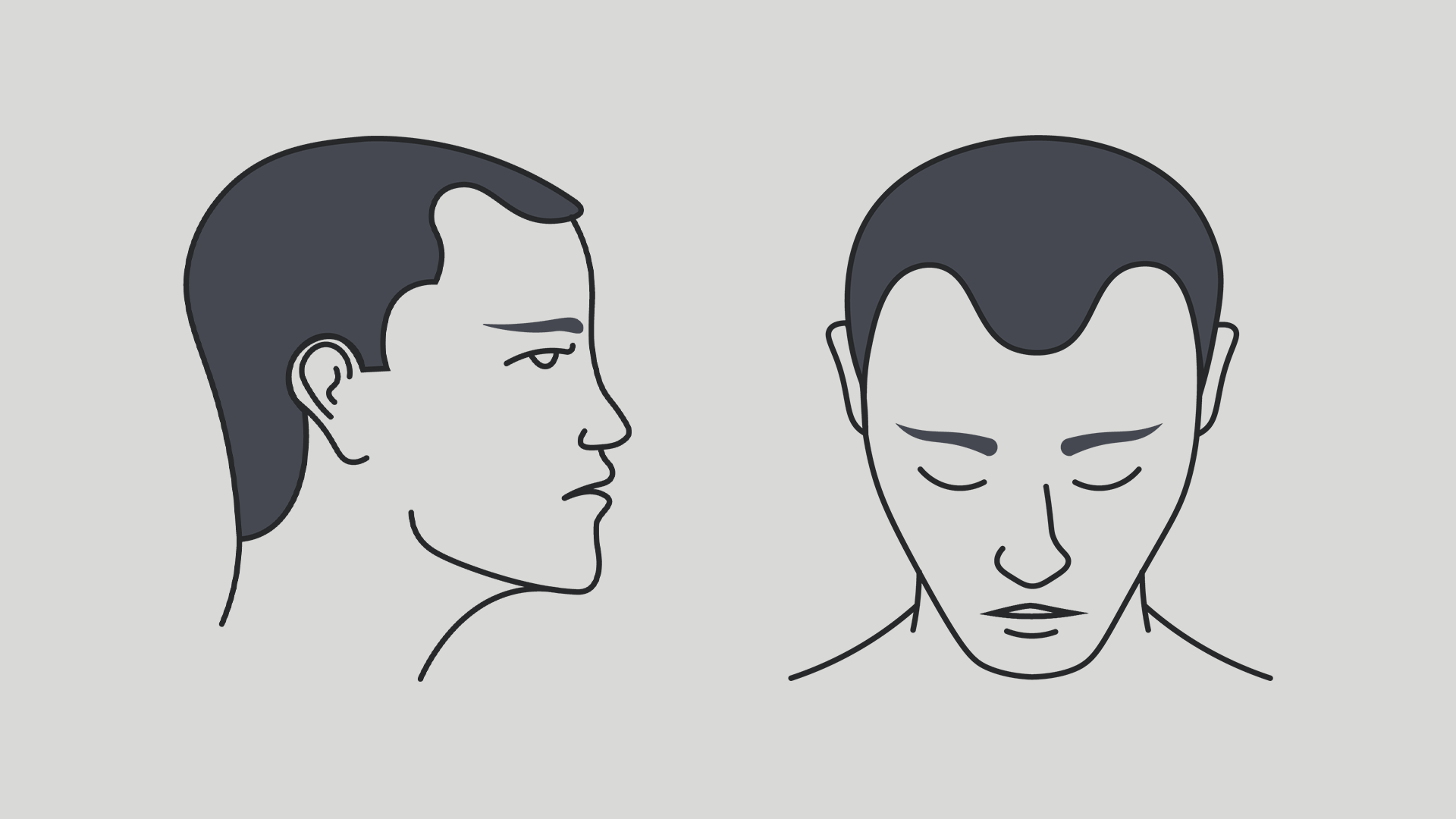
Norwood II
Some slight hair loss at the temples. This is usually when hairline changes start to become visible.
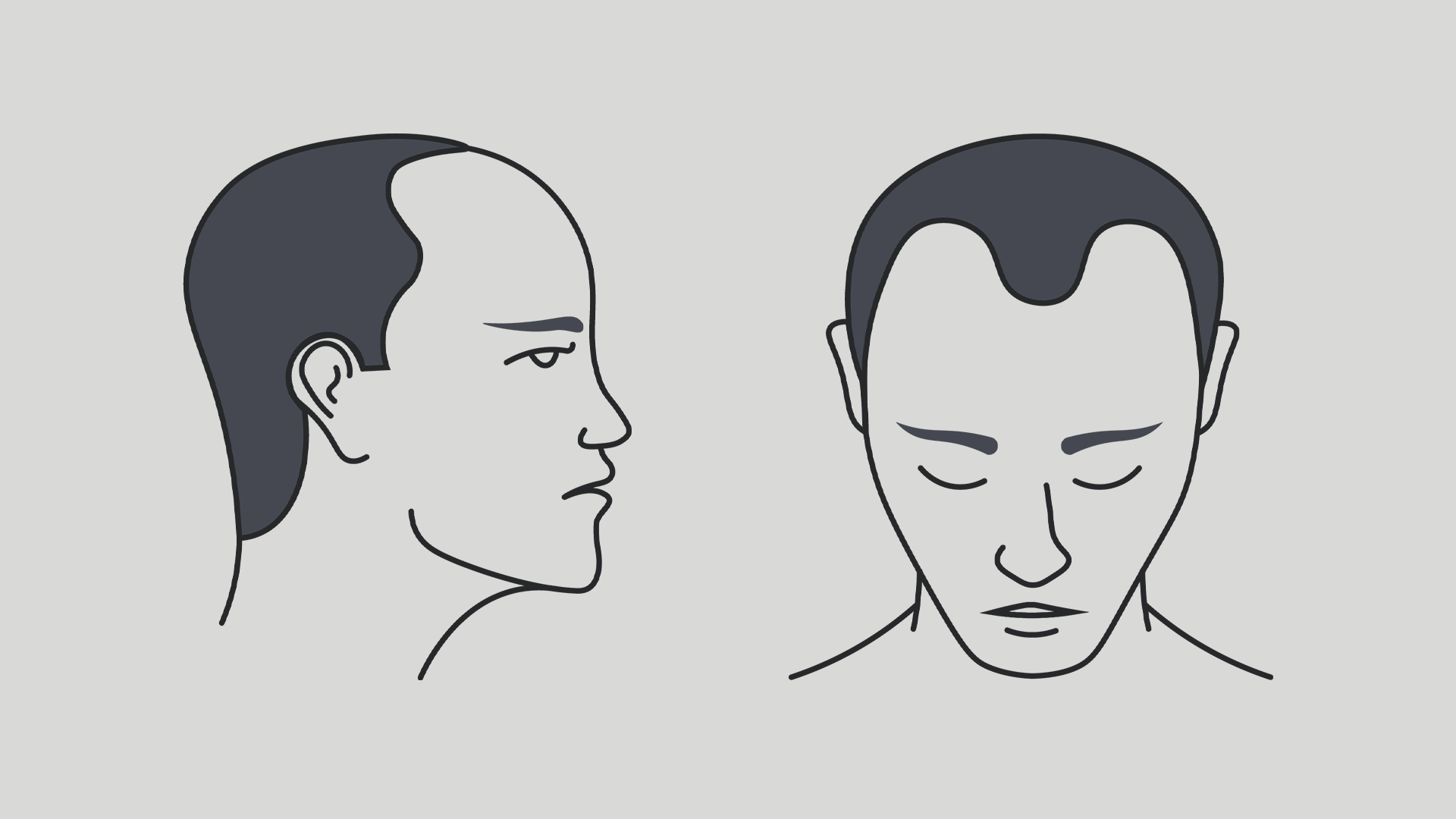
Norwood III
Noticeable changes to the hairline and deeper hair loss at the temples. May resemble a "M" or "U" shape.
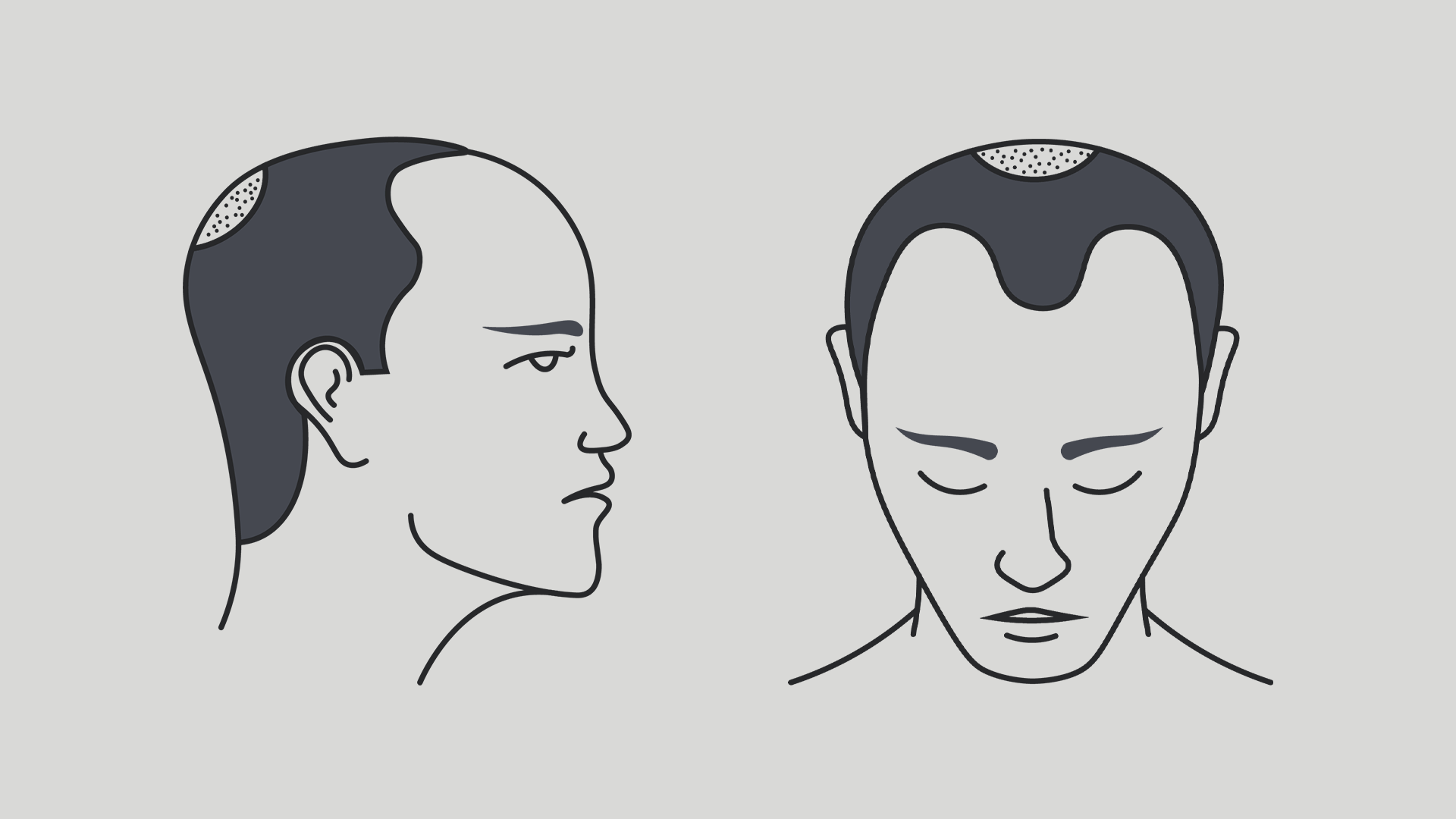
Norwood III Vertex
Similar to Norwood III, but with an additional area of hair loss at the vertex, or top of the head.
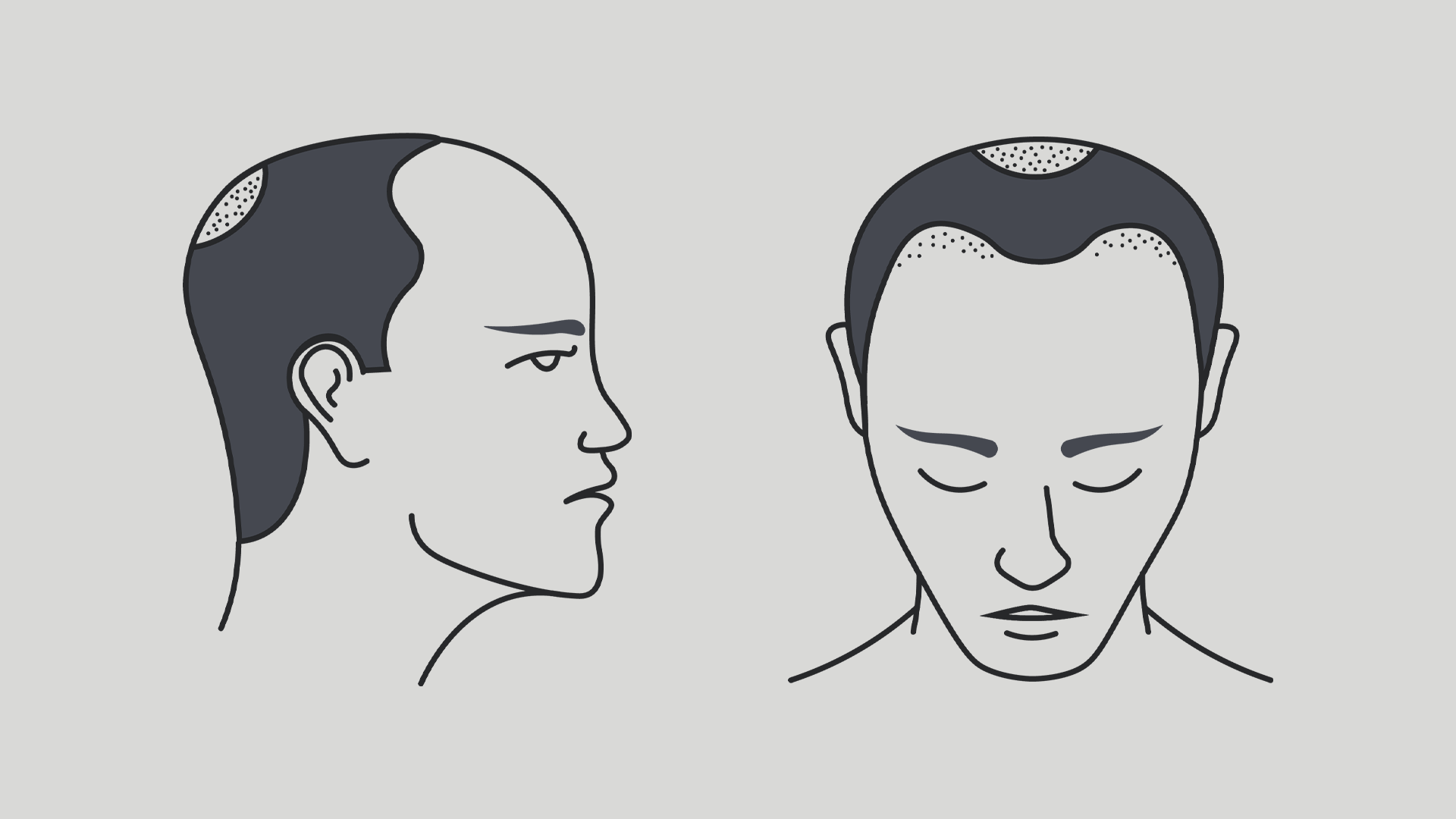
Norwood IV
Deep hairline recession and a growing area of vertex hair loss. The two areas are separated by a band of hair. Hair by the ears is usually unaffected.
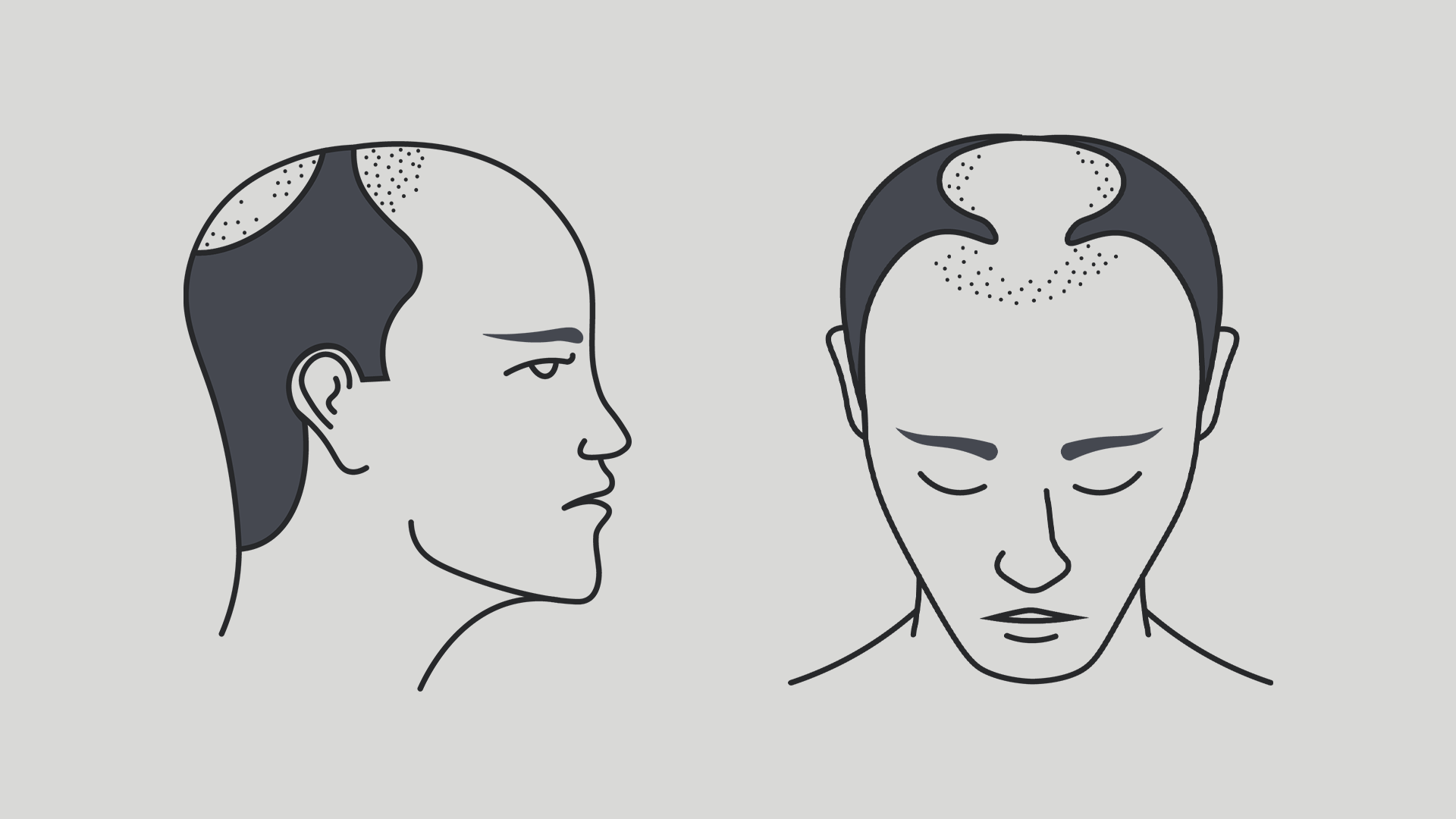
Norwood V
The natural progression of Norwood IV. Frontal and vertex hair loss are more severe. The band separating these areas begins to fade.
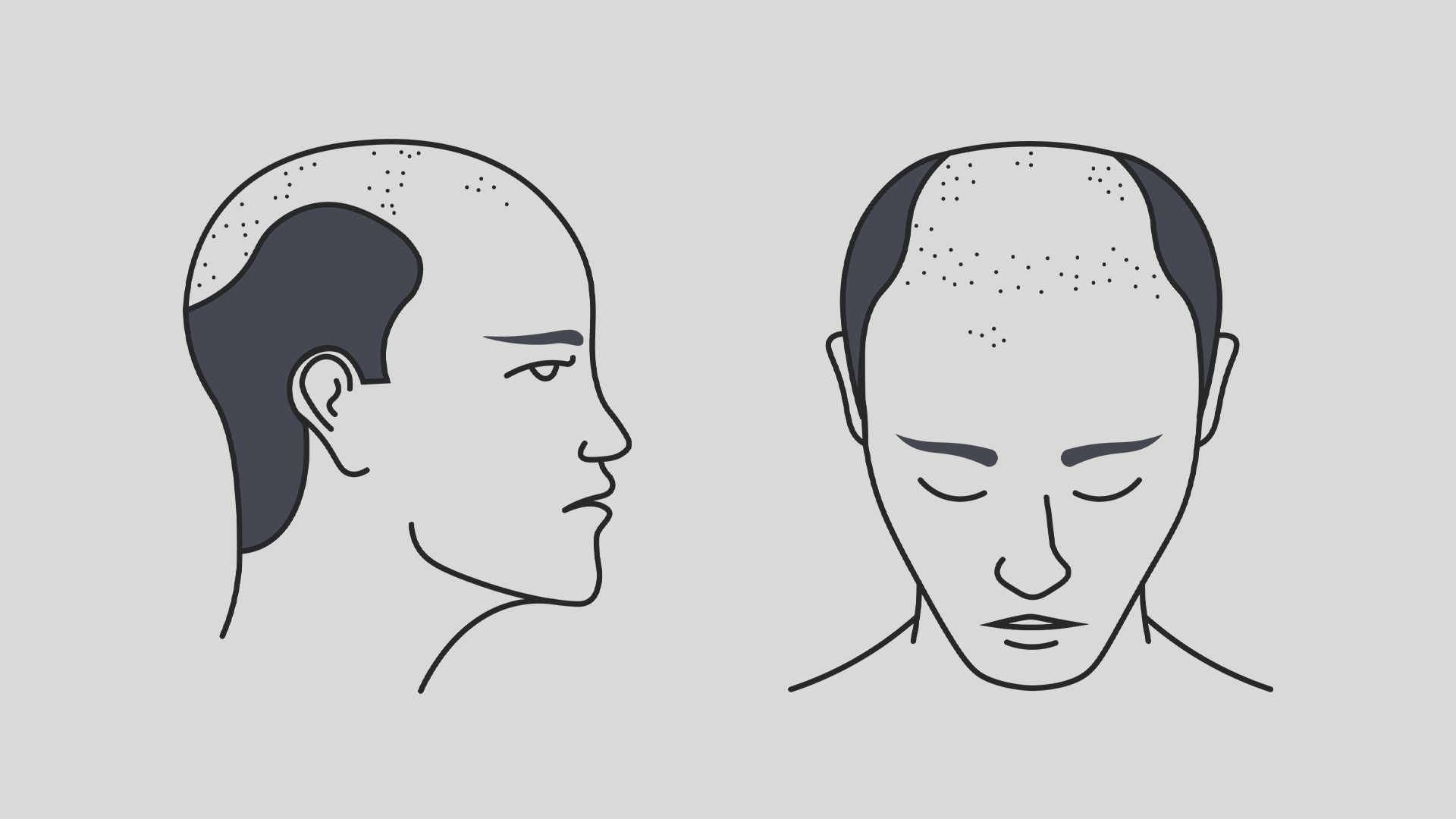
Norwood VI
The band of hair separating the two areas of hair loss is very sparse or has disappeared completely.
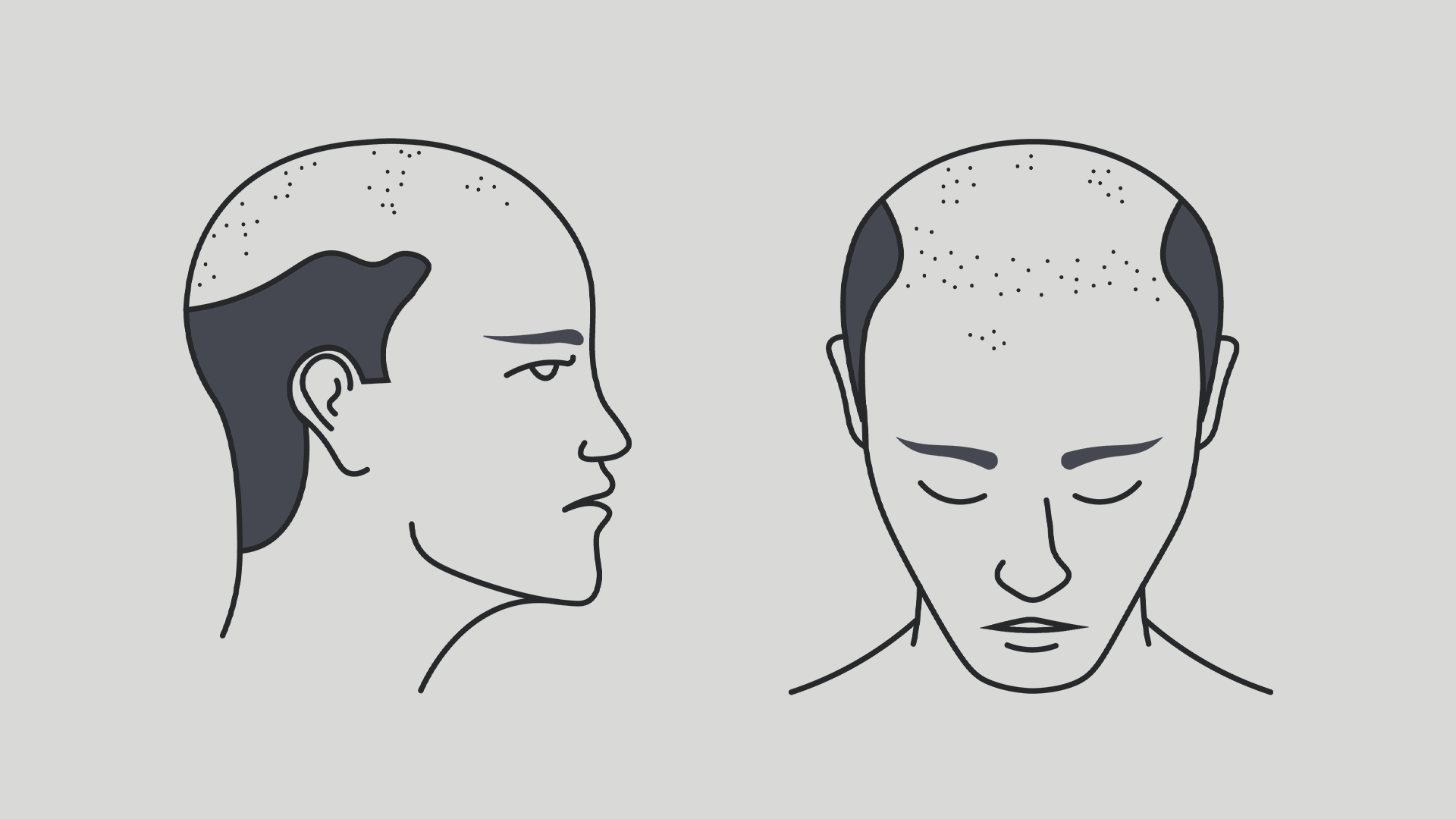
Norwood VII
The most advanced stage of hair loss. Only a small band of hair that wraps around the back of the head remains.
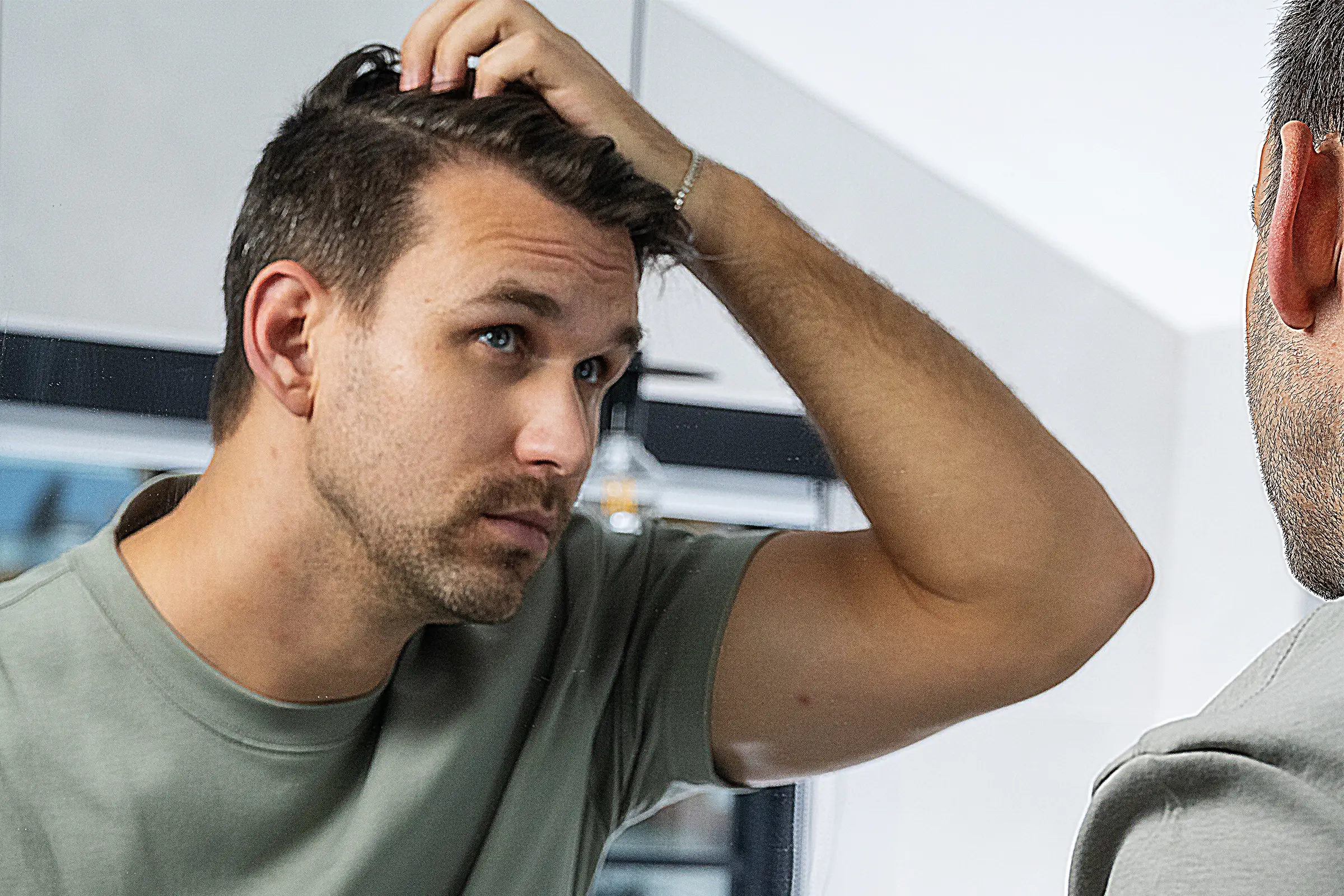
How can I stop my hairline from receding?
The answer is simple: with appropriate and timely intervention. Remember, pattern hair loss is progressive. It will only get worse with time unless you’re proactive about getting ahead of it.
Learn More
of men will experience some hair loss by the age of 70.
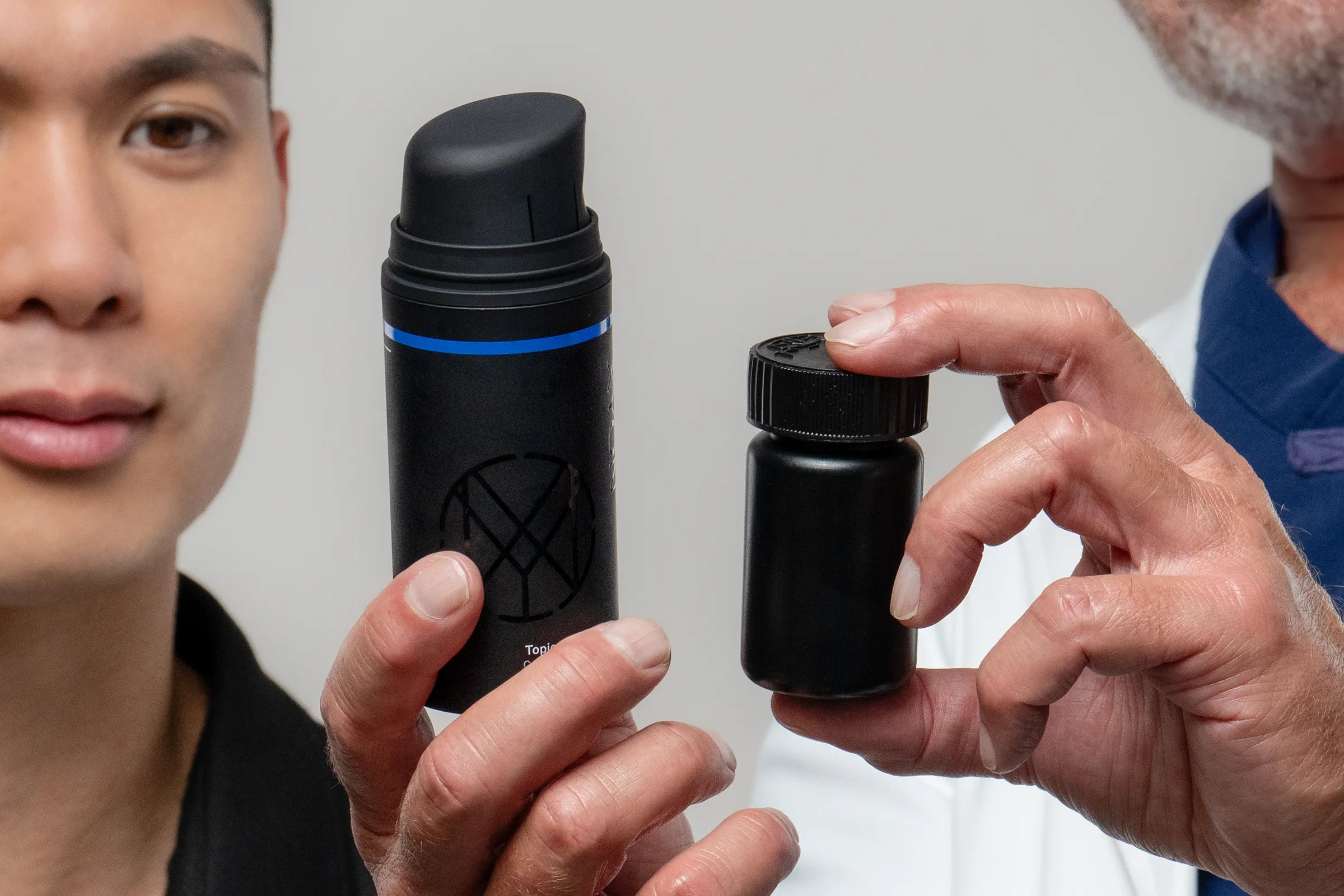
What is the best treatment?
There's no miracle treatment for a receding hair line. But finasteride, dutasteride, minoxidil, or even a combination of these medications could be beneficial. Connect with a doctor today to find out what treatment might be right for you.
Get connected with a doctorMedical Options to Fix a Receding Hairline
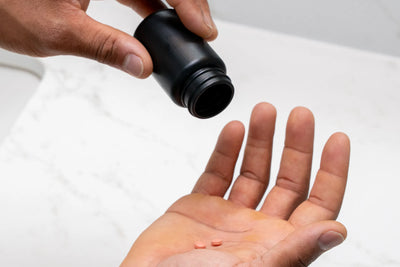
Finasteride (generic Propecia®)
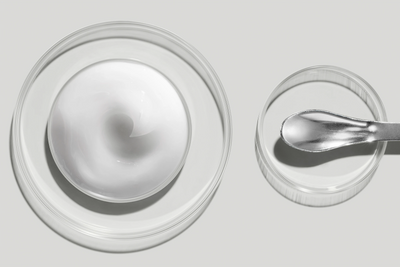
Minoxidil (generic Rogaine®)
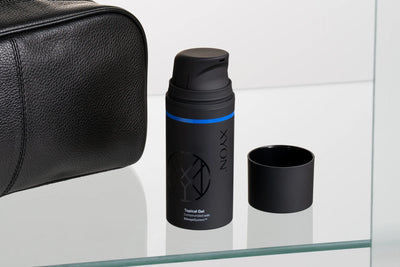
Dutasteride (generic Avodart®)
Blocks production of DHT, the hormone that causes pattern hair loss.
Boosts hair growth by improving blood flow to the scalp and hair follicles.
Like finasteride, blocks the production of DHT. Effects may be more potent.
Most men. It's the first line treatment for male pattern hair loss.
Men experiencing hair loss due to pattern hair loss, or other causes of hair loss.
Men with stubborn or advanced hair loss, or who have already tried other options.
Works on the hairline and other areas of hair loss.
Some studies show that minoxidil may work more effectively than finasteride for this area.
Works on all areas of hair loss, including the hairline.
Possible risk of sexual and other side effects. Topicals can lower this risk.
Possible risk of cardiac and other side effects. Topicals can lower this risk.
Possible risk of sexual and other side effects. Topicals can lower this risk.
FDA and Health Canada approved oral tablet or compounded topical gel.
FDA and Health Canada approved solution and foam. Or, off-label generic tablets and compounded oral capsules.
Compounded topical gel, available with a prescription after a consultation with a doctor.
